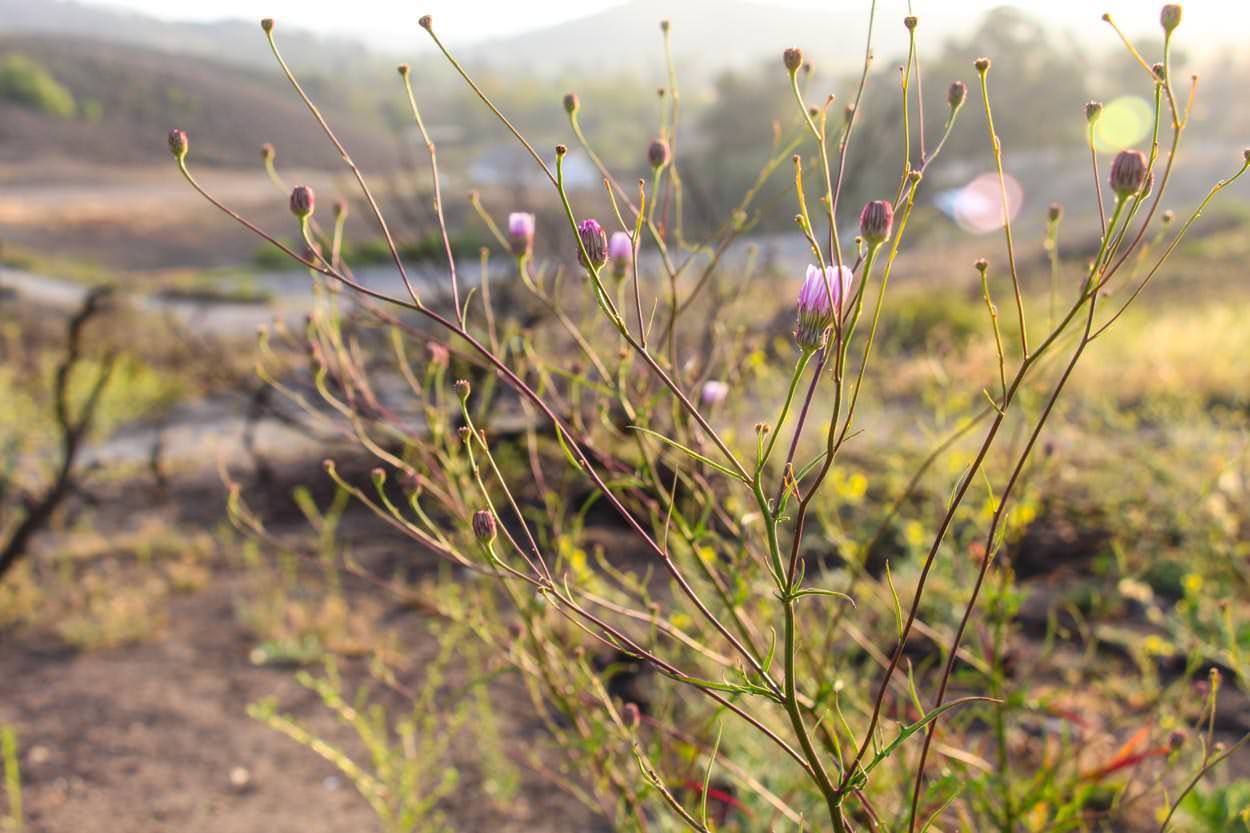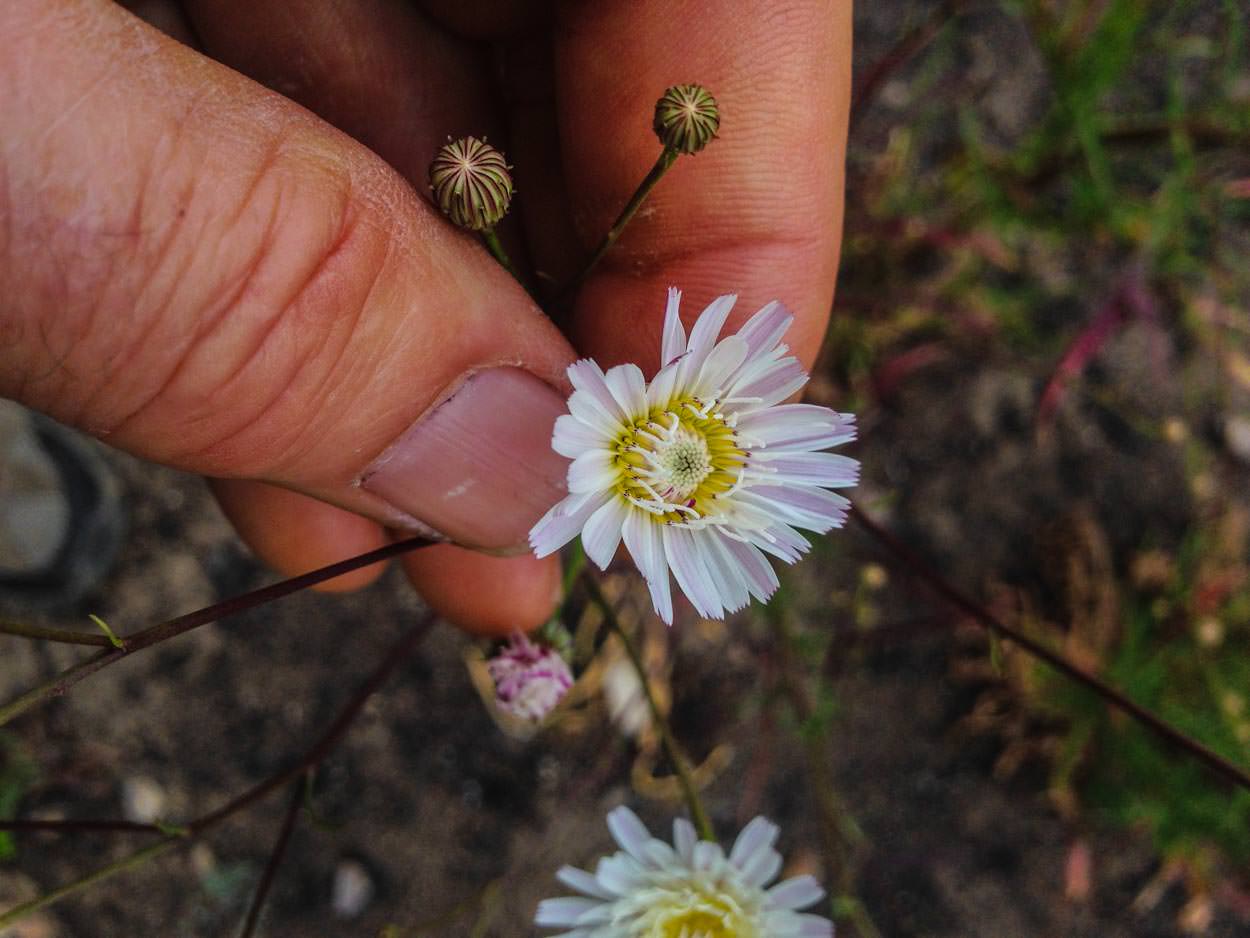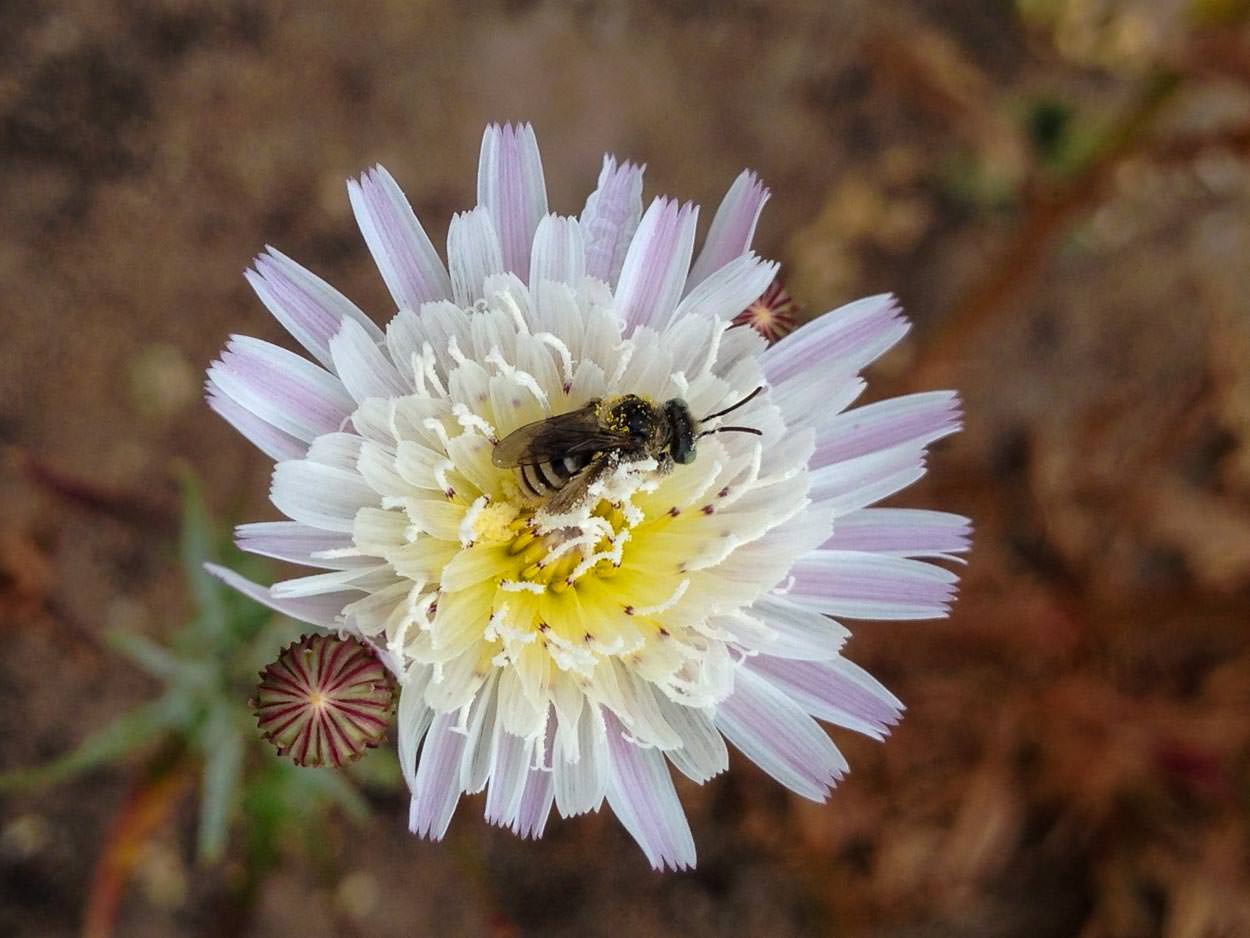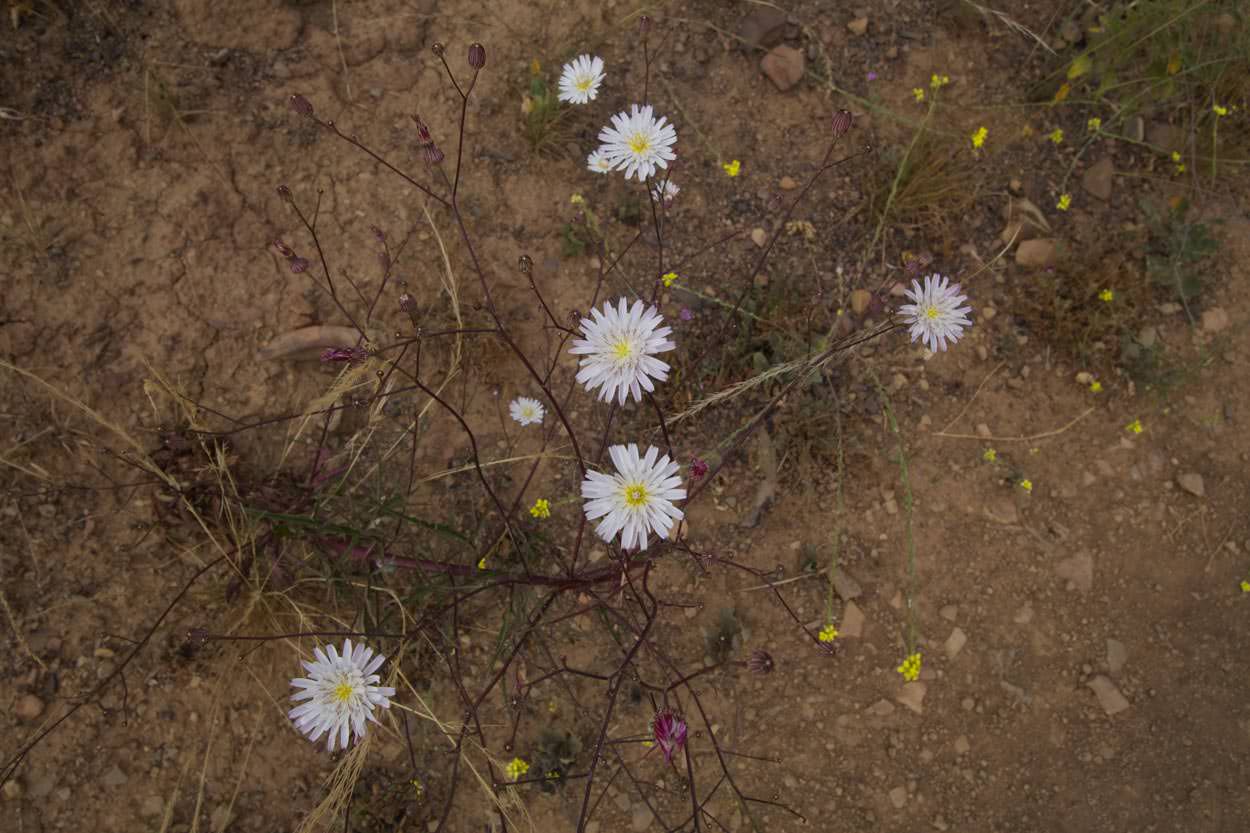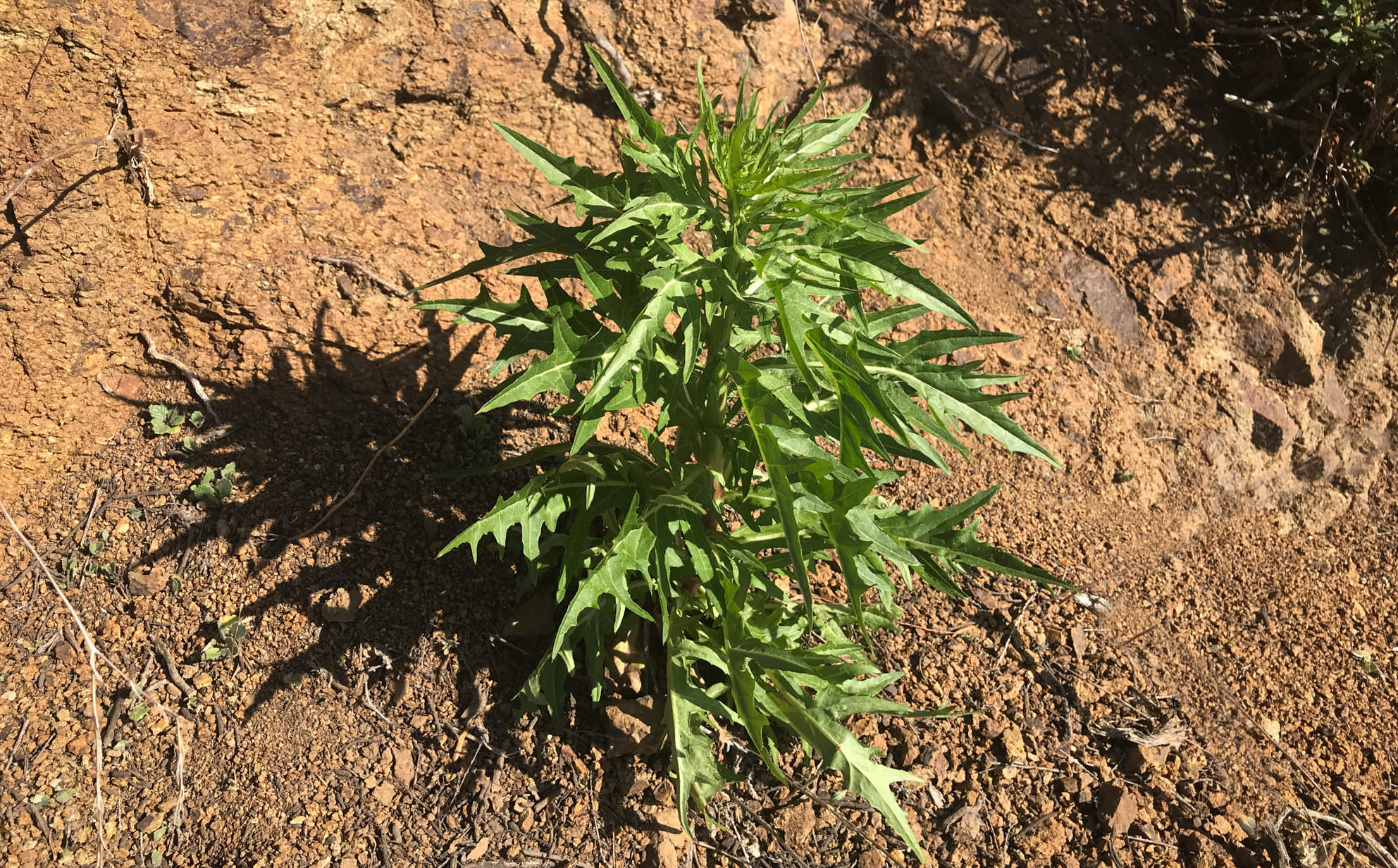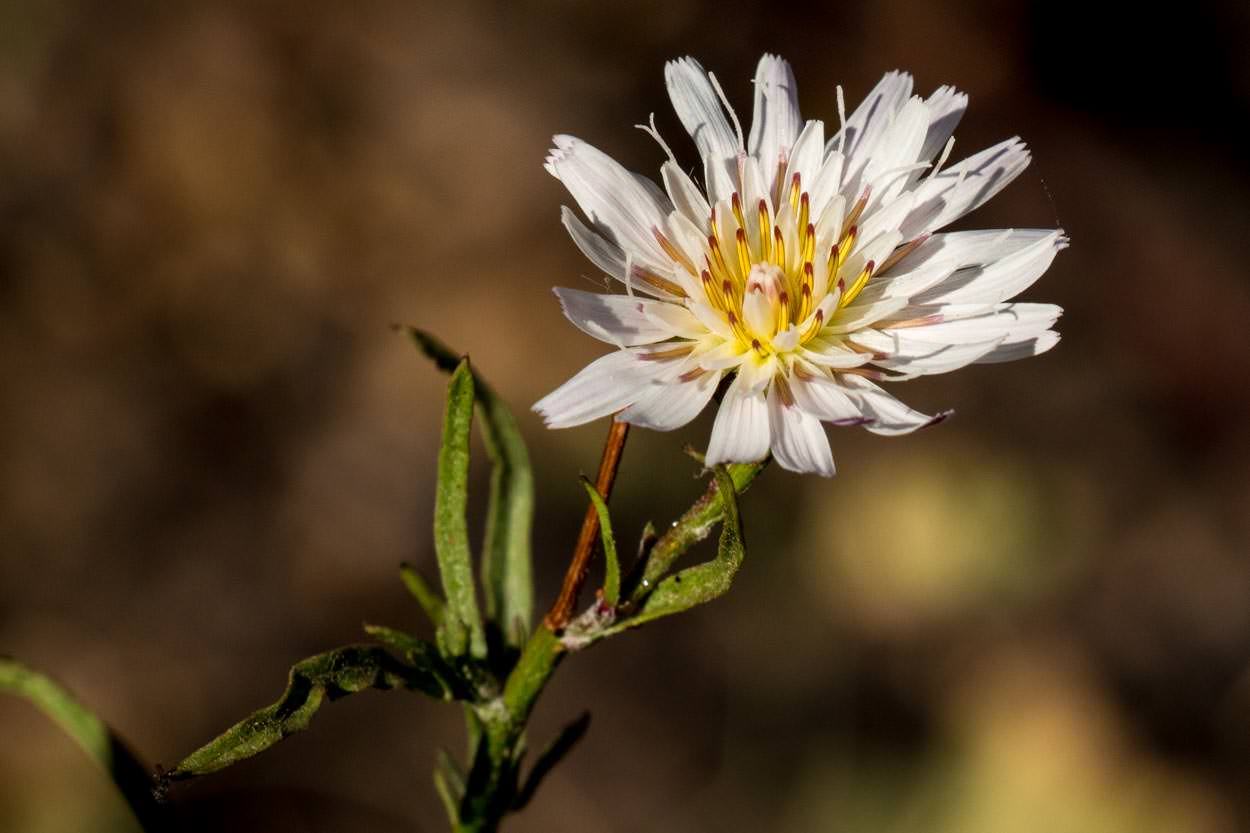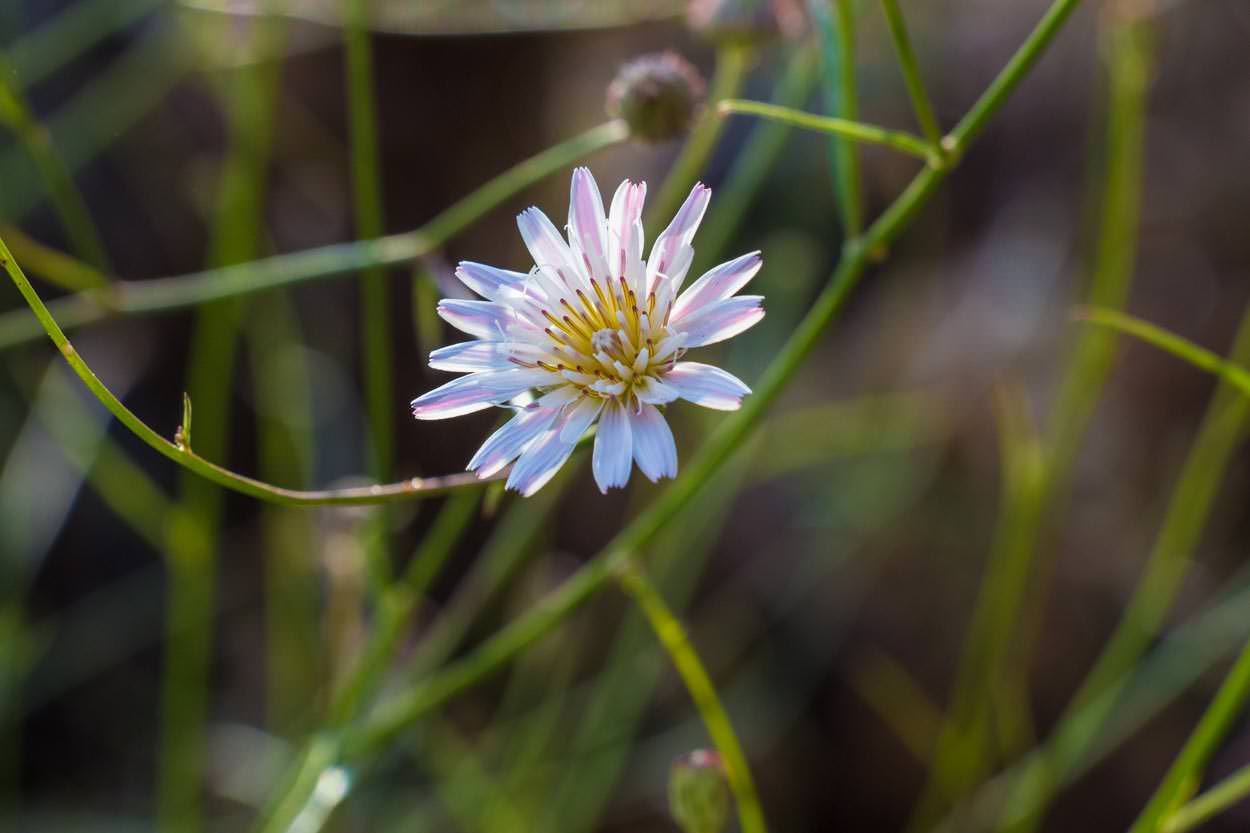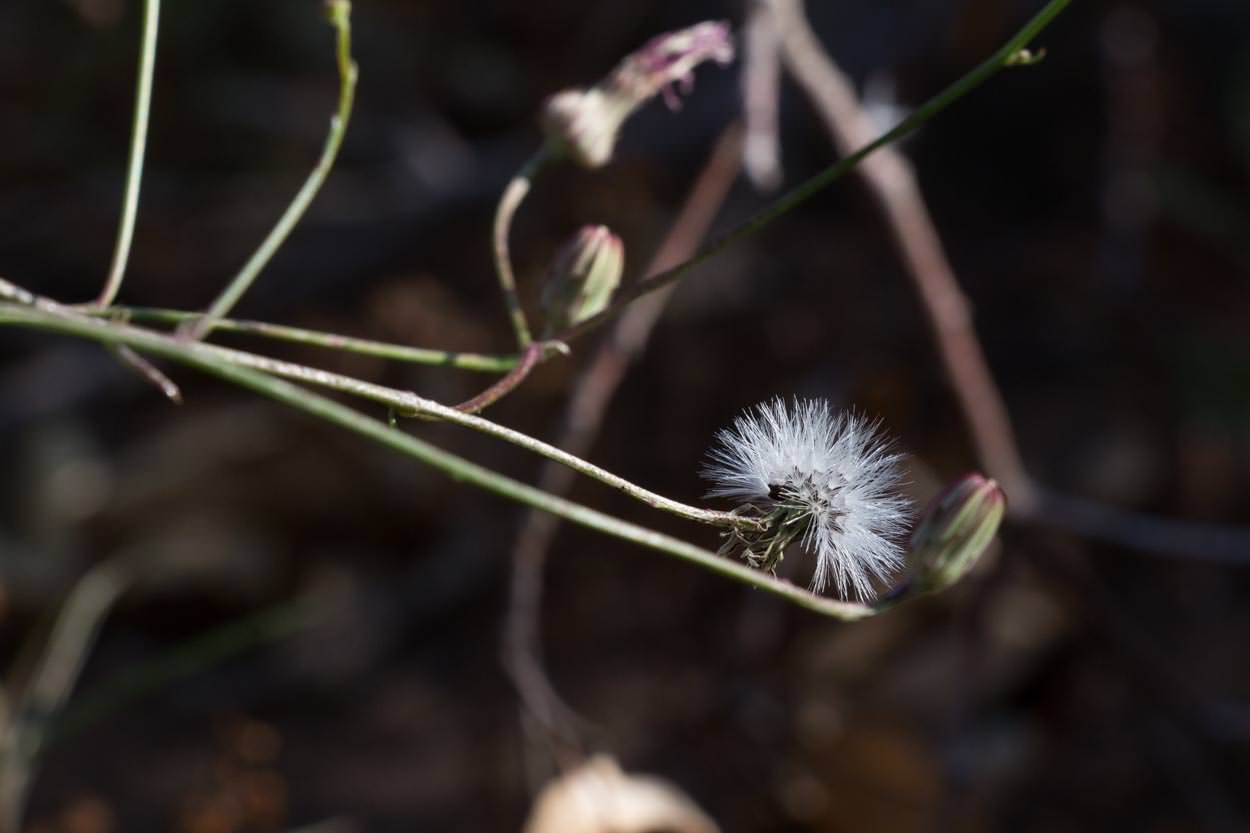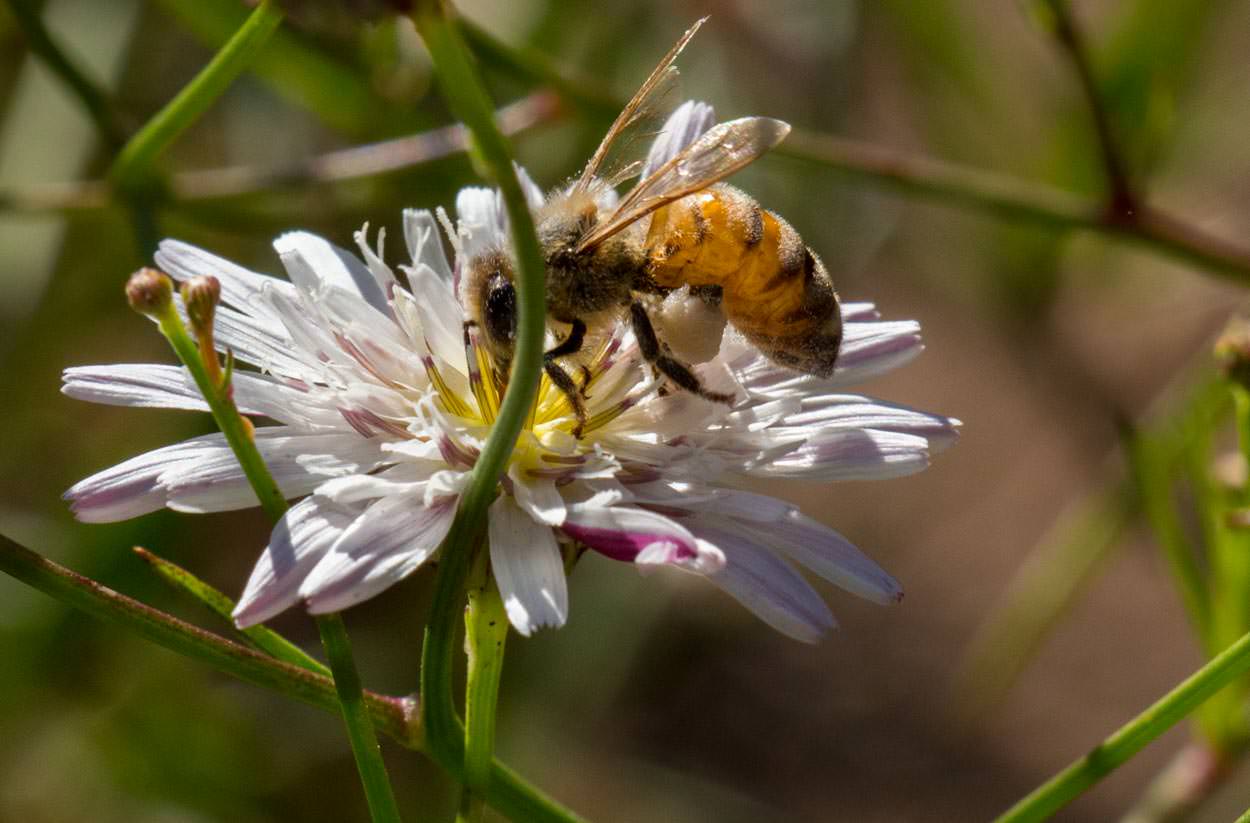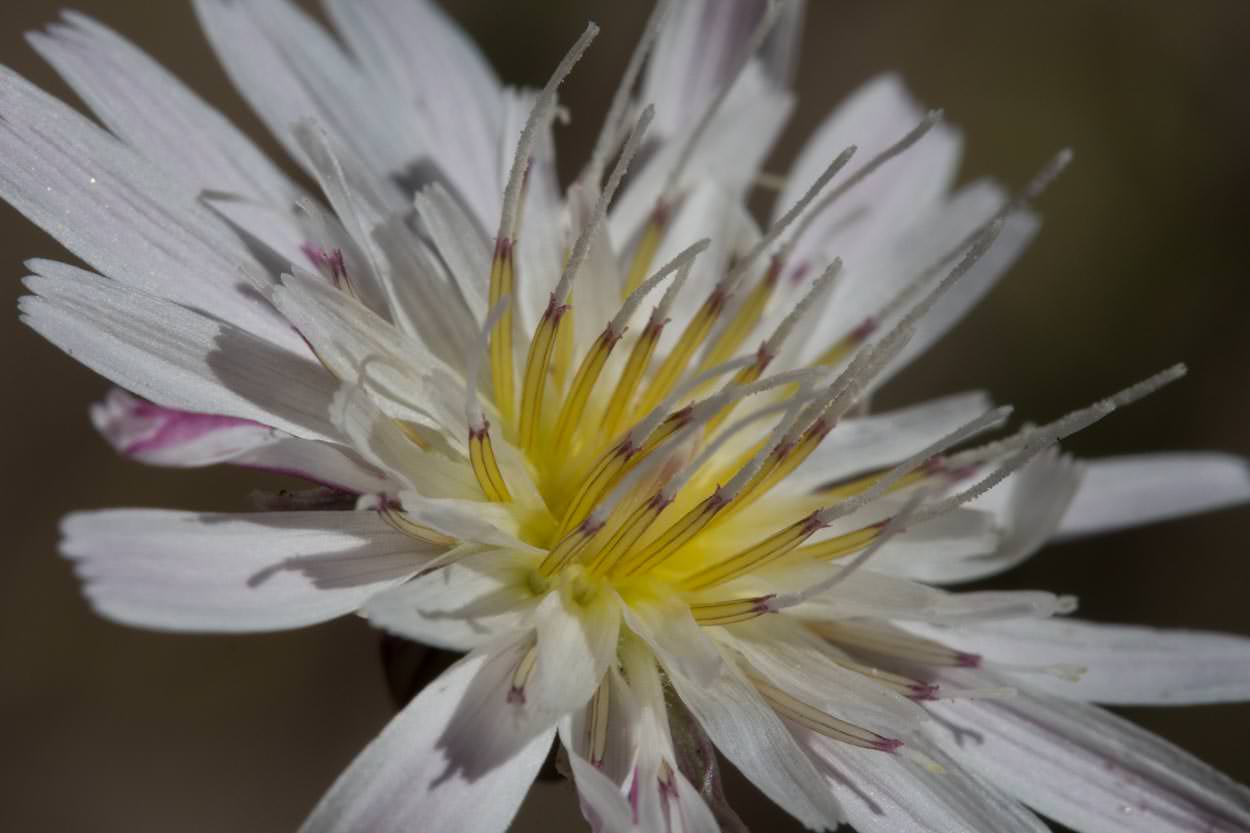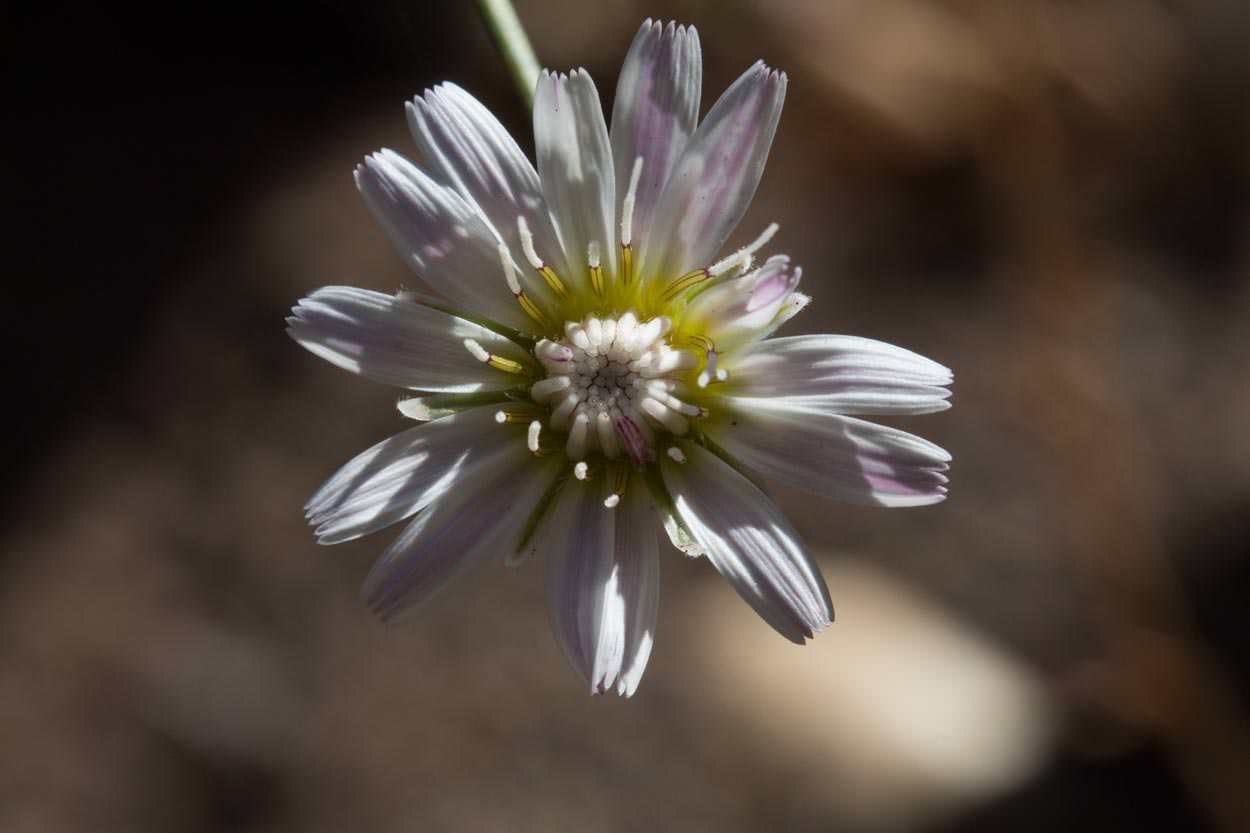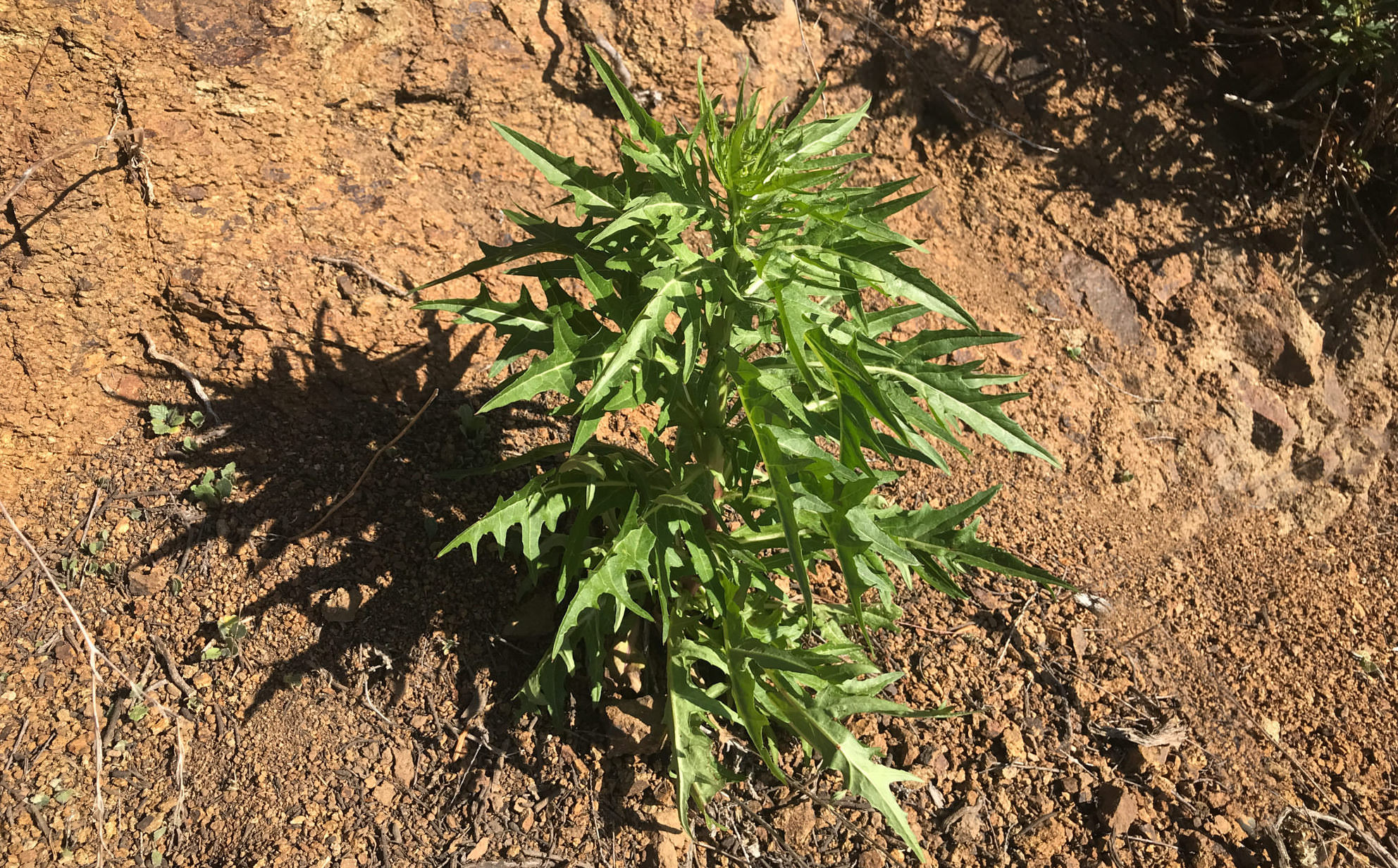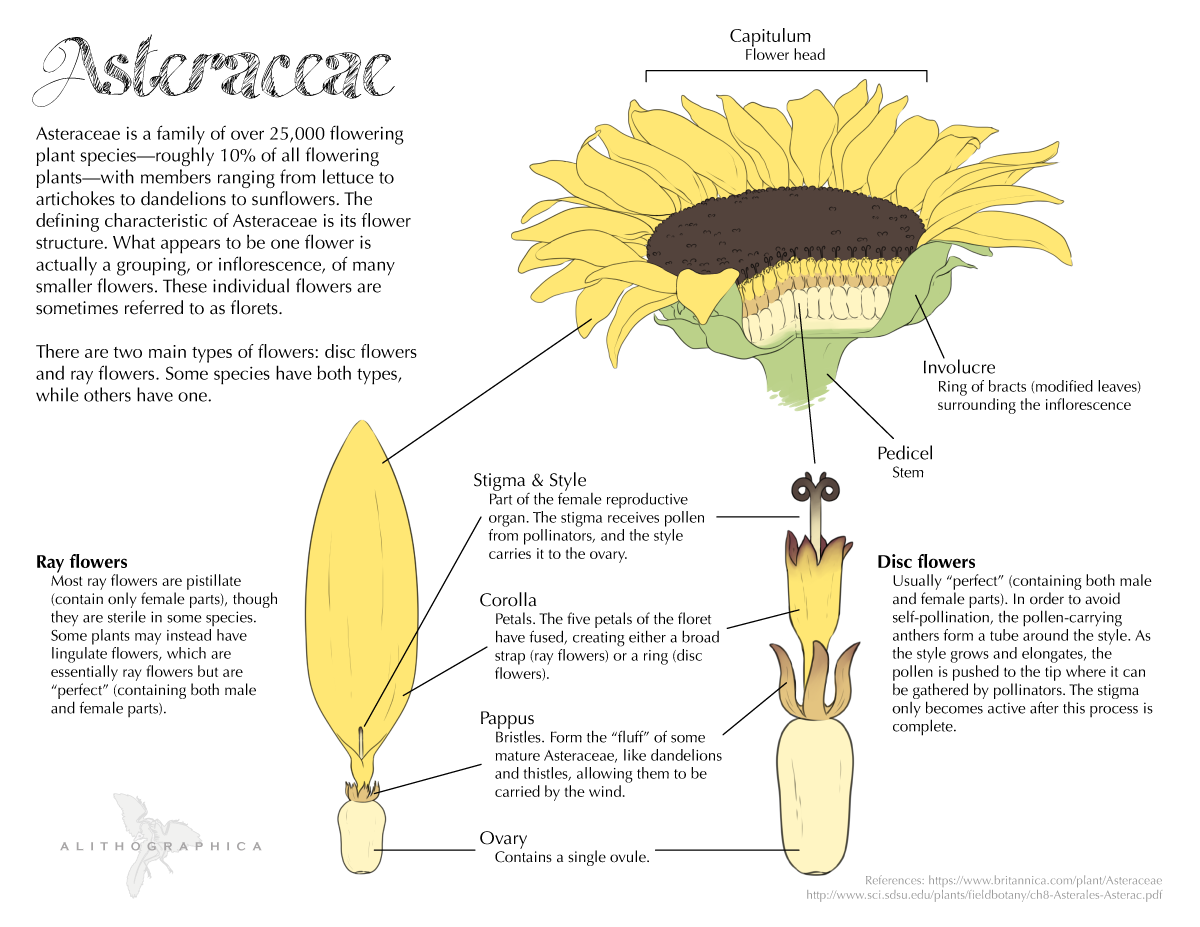Cliff Aster
- Malacothrix saxatilis
| Common Name(s): | Cliff Aster |
| Scientific Name: | Malacothrix saxatilis |
| Family: | Asteraceae (Sunflower) |
| Plant Type: | Perennial |
| Size: | up to 6 feet |
| Habitat: | coastal sage/or chaparral |
| Blooms: | January to December |
| Fire Response: | Stump Sprout or Seed |
The Cliff Aster grows up to six feet high and has narrow, tapering leaves from one to four inches long. Lower leaves usually are coarse-toothed and clustered near the plant's woody base. Upper leaves have smooth margins. This tall spindly herb is a perennial that favors disturbed area, such as habitats along paths and bordering landscaped areas. This plant is endemic (found only in California) where it grows in the central and southern coastal hills and mountain ranges - up to about 6,000 feet in elevation.
Cliff Aster blooms in Summer and all the way through the Winter, long after most other native plants have ceased activity. Just when you think there are no more flowers to see after the Spring bloom your eyes will be drawn to this tiny but gorgeous flower. The flower ranges from about one to two inches in diameter and about three quarters of an inch deep. The golden colored center of the flower is a photographers dream with the center petals appearing to change/fade from yellow to white! The density of the yellow filaments causes this illusion.
The Cliff Aster looks similar to the Twiggy Wreath (Wand Chickory) plant but our plant of the month has flowers that grow in a Cyme like array - that means they grow on separate stalks and mature from the center outward. The Twiggy Wreath flowers without benefit of a stalk and has purple filaments instead of yellow but at the same time it has alternating purple and white petals. Pay attention to those details! Cliff Aster is also known as the Cliff Desert Dandelion - after the flower has done it job (producing seed for the next generation) the petals are replaced by pappus - dandelion like wisps. These wispy filaments are like paragliders and make it possible for the wind to disperse the seed. These flowers are quite prevalent in Sycamore Canyon along most of the trails during the Summer and provide an important source of food for Bees, Butterflies and other nectar feeding insects.
Link to Calflora.net - the best source of this fascinating information
Name Origin: Malacothrix saxatilis is from the Greek word malakos meaning soft and referring to the young plant, and saxatilis meaning growing among rocks.
Contributed by George Sherman
Aster diagram provided by Jenn Deutscher
Link to the artist's website
Featured Plants in the Asteraceae (Sunflower) Family:
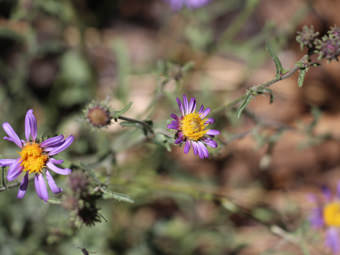
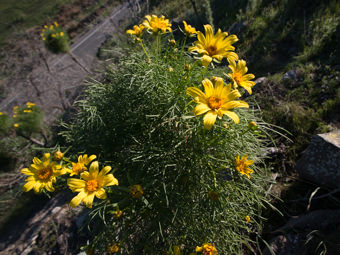
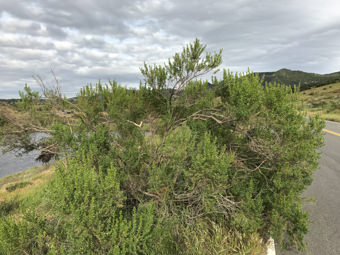
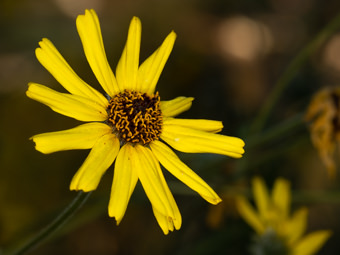
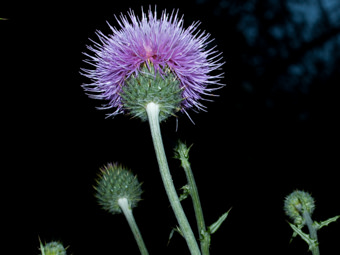
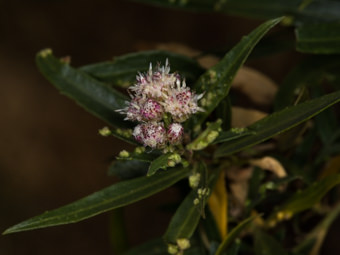
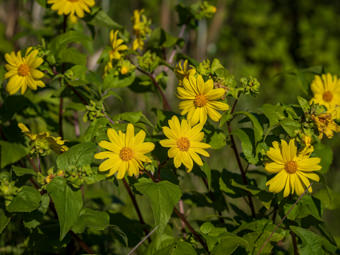
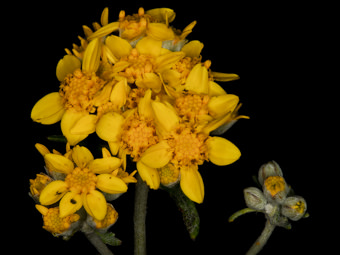

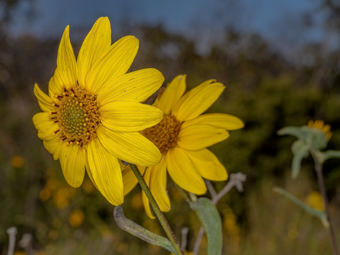
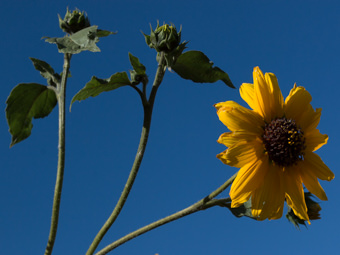
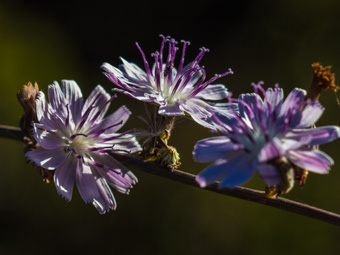
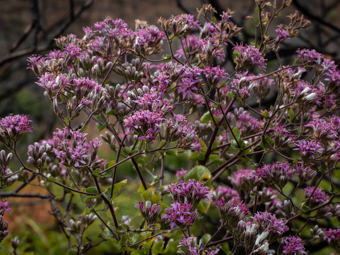
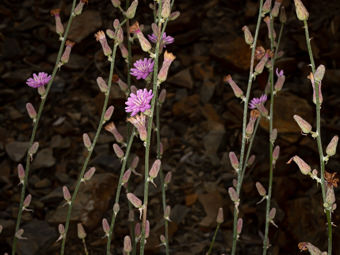
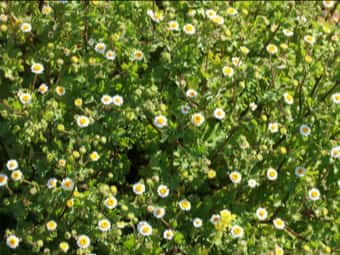
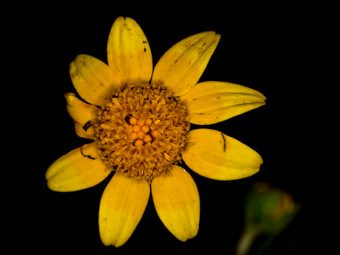
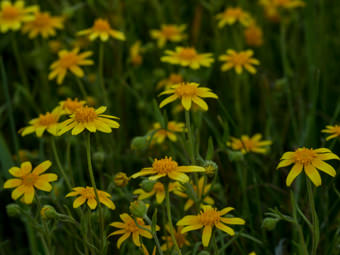
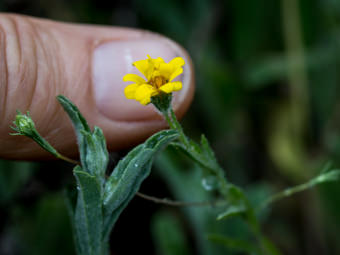
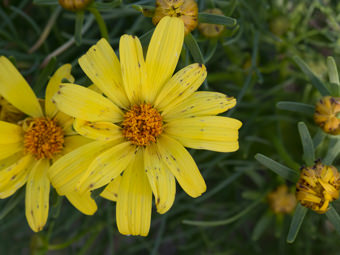
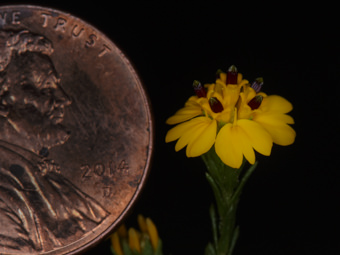

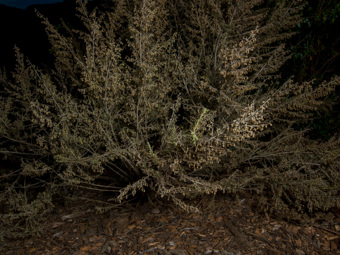
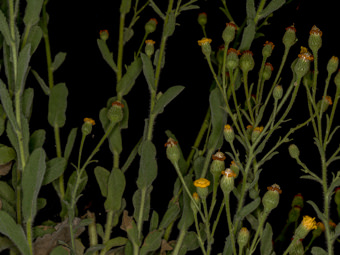
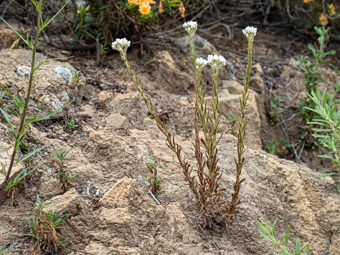
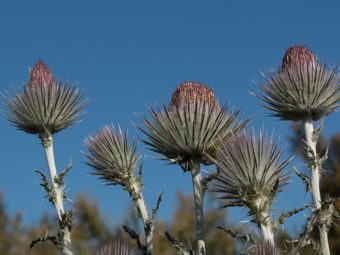
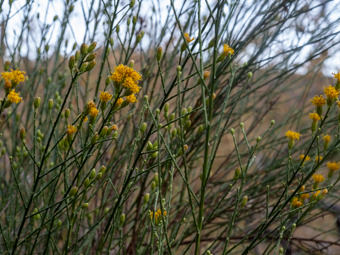
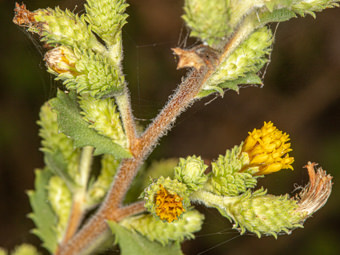
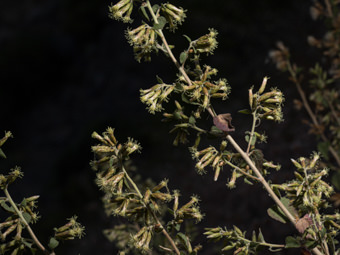
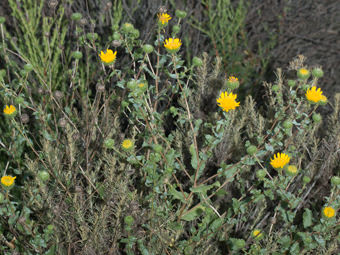
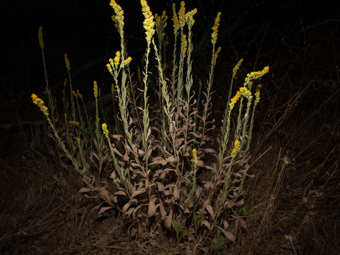
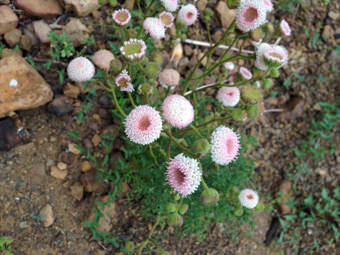
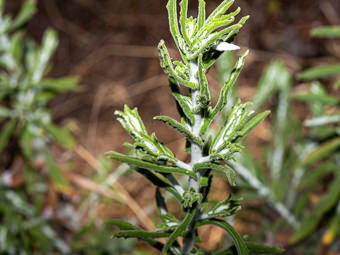
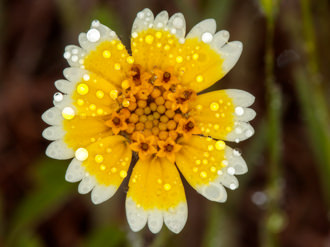
Last modified: August 21 2024 15:18:52.
Number of Images: 15
Image Size Total: 2,322,012
References:
Wildflowers of the Santa Monica Mountains, by Milt McAuleyFlowering Plants: The Santa Monica Mountains, Coastal and Chaparral Regions of Southern California, by Nancy Dale
Chumash Ethnobotany: Plant Knowledge Among the Chumash People, by Jan Timbrook
Leaf Shapes Primer - Botanical Terms for Leaves: - Link

